Nicola Calabrese is the winner of ZWO 2019 ASIWEEK #29 and has brought us many extraordinary astronomy photos. To make our ZWOers know this excellent astrophotographer better, we make this interview. Let’s all take a look now.
Q1: At first, congratulation that your nice image wins #ASIWEEK. Could you please introduce yourself to us?
Hi, my name is Nicola Calabrese and I am, as a hobby, an Italian amateur astrophotographer. I am part of a group of lovers of the cosmos called G.A.S. (Astrophile Group of Salento) located in southern Italy. I have always been fascinated by what surrounds us.

In 2009, at the age of 15, I observed for the first time Jupiter with a friend’s telescope. I said: wow! In the same year my uncle gave me my first telescope, a Meade ETX 70AT, for me it was like winning the lottery! Together with a friend of my age we started taking some pictures immediately with the few resources we had available, we built adapters and wooden fittings to be able to take pictures with a compact camera in the eyepiece of that small telescope. The result was spectacular, for the first time I saw M42 imprinted on the display of the camera. From there began the true passion, during these years I have always tried to refine the techniques and with the arrival of new tools things became more serious. Later I bought my first DSRL camera, after a few months I completely disassembled it in order to eliminate the small IR-cut filter in front of the sensor and in this way I got my first full spectrum DSLR camera.

In the field of astrophotography what fascinates me most are the galaxies, small, distant and full of mysteries! I like to photograph with telescopes that have very high focal lengths so that I can capture all the details and show people how beautiful our universe is. But all this is not easy, we fight daily with a monster called “light pollution” that totally destroys our vision of the night sky. Fortunately, with the right tools, we can achieve satisfying results.

M1
Astrophotography means passion, sacrifice: I spend whole nights to test problematic instrumentation or to photograph a single object in an attempt to acquire as much signal as possible in the cold, in the wind, in the mountains and on the plains! For me astronomy is a fundamental piece for our existence. Since ancient times our ancestors have been so curious about the stars, how can we blame them? We cannot remain indifferent in front of such great beauty. And it is precisely curiosity that led me to “explore” the universe with my telescope.

Moon
Q2: When did you start like astronomy? And when did you have your first telescope? What’s the feeling in first observing?
Ever since I was a child I have always been fascinated by the cosmos, but in 2009 at the age of 15 I observed for the first time with a telescope, and from there I could not help but dedicate part of my life to this passion.
My first telescope was a Meade ETX 70AT and the first object I observed was M45, the fantastic pleiades. The feeling is unforgettable, I felt for a moment completely immersed in that vision, a magical vision, I remember as if it were yesterday, that distant October of 2009.

Q3: When did you start DSO imaging? Can you remember your first DSO image? What’s the feeling?
I took the first photograph on February 19, 2010, using a compact Casio camera, building an adapter to connect the camera to the eyepiece of the small telescope. Unforgettable, 30 seconds of waiting to see my first photo of the great Orion nebula. The sensations I feel are indescribable, I still have the chills … And so much happiness!

Q4: We know DSO imaging is hard, you need dark sky, good mount & scope, good camera to capture, stable guiding, post-processing skill, what is the most difficult part for you? what is the most important part for you?
Light pollution is unfortunately the monster with which we have to fight every night, the weather conditions are not always good and the high humidity sometimes forces me to have to end the photo session. In order to get good results, we need an equatorial mount and a stable and precise star tracking. However, the session is not limited only to the acquisition, with time one also learns to elaborate the astronomical images in the attempt to eliminate the “bad” signal of the light pollution and extrapolating the real signal of the object that we have photographed.
From my point of view, there is not one thing more important than another, we need to find the right balance between all the elements that make up our instrumentation in order to obtain the results we want and to do so we need commitment and dedication. Nothing is impossible if you really want it!

M16
Q5: Astrophotographer usually travel long distances to the darkest places to do DSO imaging, can you tell us about your past unforgettable experience?
I live in an area with a strong light pollution, luckily moving a few km I can reach the Ionian Sea coast where public lighting is less present and population centers are crowded only in summer.
On the coast, the sky is not that great but it is certainly better than a city sky. At about 180km from my home, on the other hand, I can reach a national park called Pollino National Park at 1330m above sea level, where the sky is really good because the inhabited centers are small and the mountains shield the lights of the nearby cities. Unfortunately I can reach this place a few times a year.
The first time I could see from a mountain sky was a few years ago with temperatures that reached almost -10 ° C. Moving from a polluted sky to a mountain sky is beautiful, the first time I didn’t recognize any constellation … The stars were so many and so bright that my eyes were lost in the immensity of our galaxy.

Q6: What equipment are you use currently? can you show us some images of your setup?
I used some telescopes with various optical configurations: Refractor, reflector, smith-cassegrain and Ritchey-Chrétien.
I currently use the following instrumentation:
Main telescopes: GSO RC8 “Carbon and Tamron SP 150-600mm G2 (Telephoto lens)
Equatorial mount: Skywatcher Eq6-r
Main camera: ZWO Asi 294 MC Pro
Second camera: ZWO Asi 224mc
Guide telescope: ZWO AC 60/280 Guiding Scope

Q7: What kind of telescope is your favorite? Why?
I love telescopes with high focal lengths because I love photographing planetary galaxies and nebulae. bI tried a Celestron C8 for 1 year before switching to an 8 “Ritchey-Chrétien that I am very satisfied with and I think it will be my tool for a long time.

NGC 3718
Q8: When did you know about ZWO? And what’s the first ASI camera you have? Can you tell us your feeling when you get your first ASI camera?
I started getting interested in ZWO cameras in early 2018 by buying my first ASI120mc, which was later replaced with an ASI224mc (which I now use for autoguiding) and buying the ASI294MC Pro of which I am very satisfied 1 year ago. The first photo with the ASI224mc was at M104, the performance of this camera is really high despite the price range in which it is placed.
 M104
M104
Q9: Which ASI camera is your favorite? And why are you choose it? Do you have any user experience share with users who wish to buy an astro camera?
At the moment with my instrumentation, the camera I love is the ASI294mc pro, the value for money is excellent.
That said there is to say that there is never a favorite camera, you have to choose it based on the telescope you want to use.
In the group of which I am a member, many people use ZWO cameras because they are really excellent and the community that has been created is very informative and essential for those who want to approach this world.

M51

M77
Q10: Did you know our ASIAIR? If yes, what features do you like? Any new features you like to add?
I know the new ASIAIR, it is a very ingenious and economical system to permanently eliminate the pc for image acquisition. I got to test it thanks to the Italian shop “Astrottica”. At the start I found a very intuitive and simple to manage interface, overall it is a great system that can certainly be improved in the speed of displaying live images and acquired images.

M78
Q11: What’s your impression of ZWO?
ZWO is a very serious company that has set strong foundations in the field of astrophotography by offering valid products at affordable prices for all those who want to photograph galaxies and nebulae or acquire planetary images. Specifically, all of the sensors used are really high performance and the cooling system for cooled cameras is efficient and simple to manage.
In short, a company we needed! 🙂

M31
 M81
M81
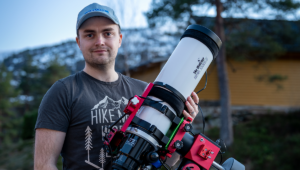

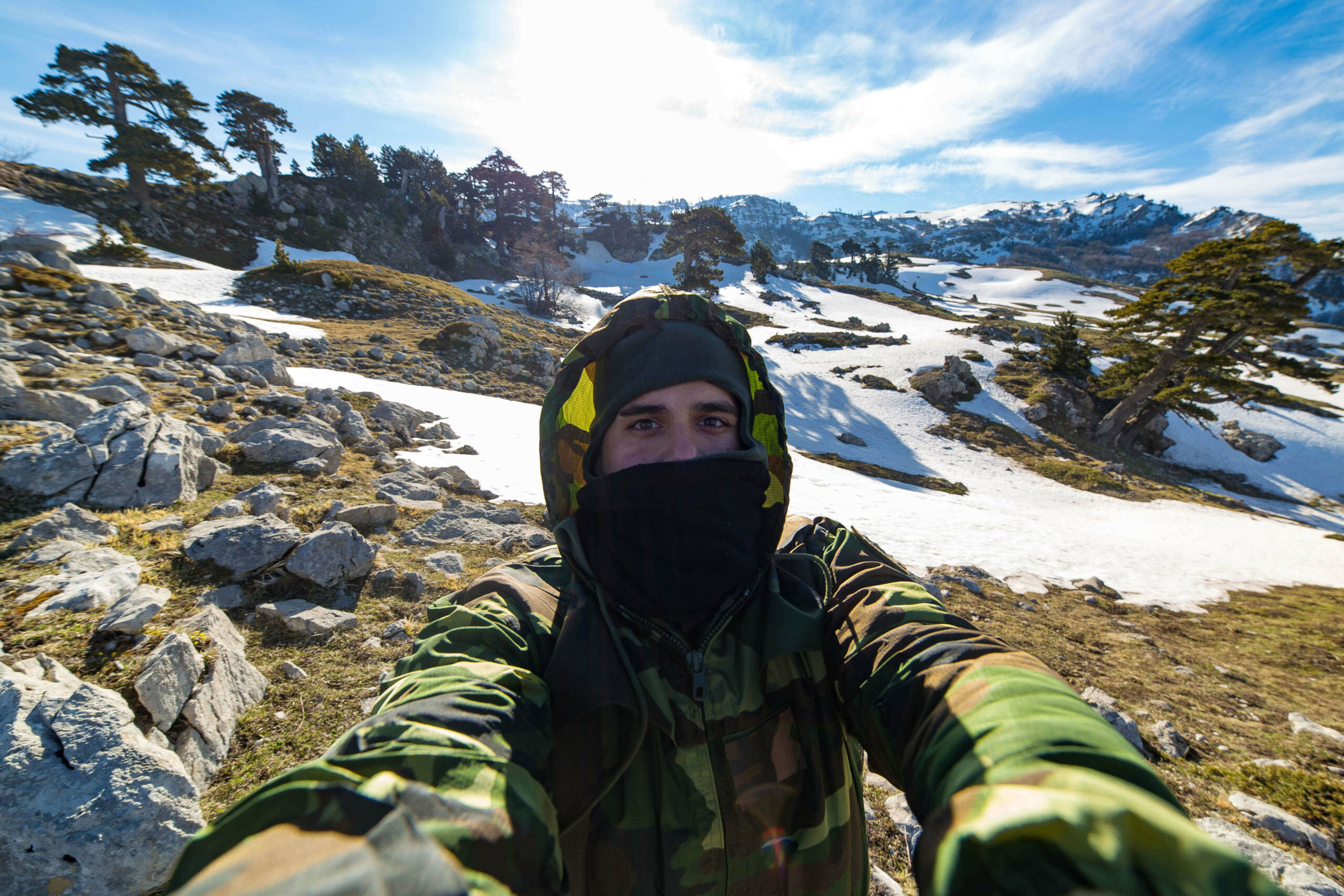
















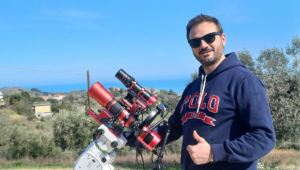

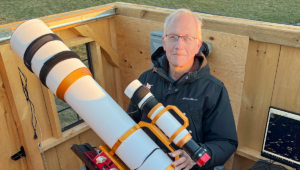
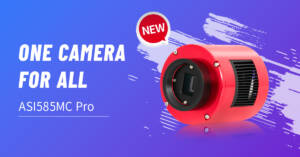

2 Comments
Angelo Demauro
Congratulazioni Nicola, bella intervista.
ZWO ASI Camera
thank you.